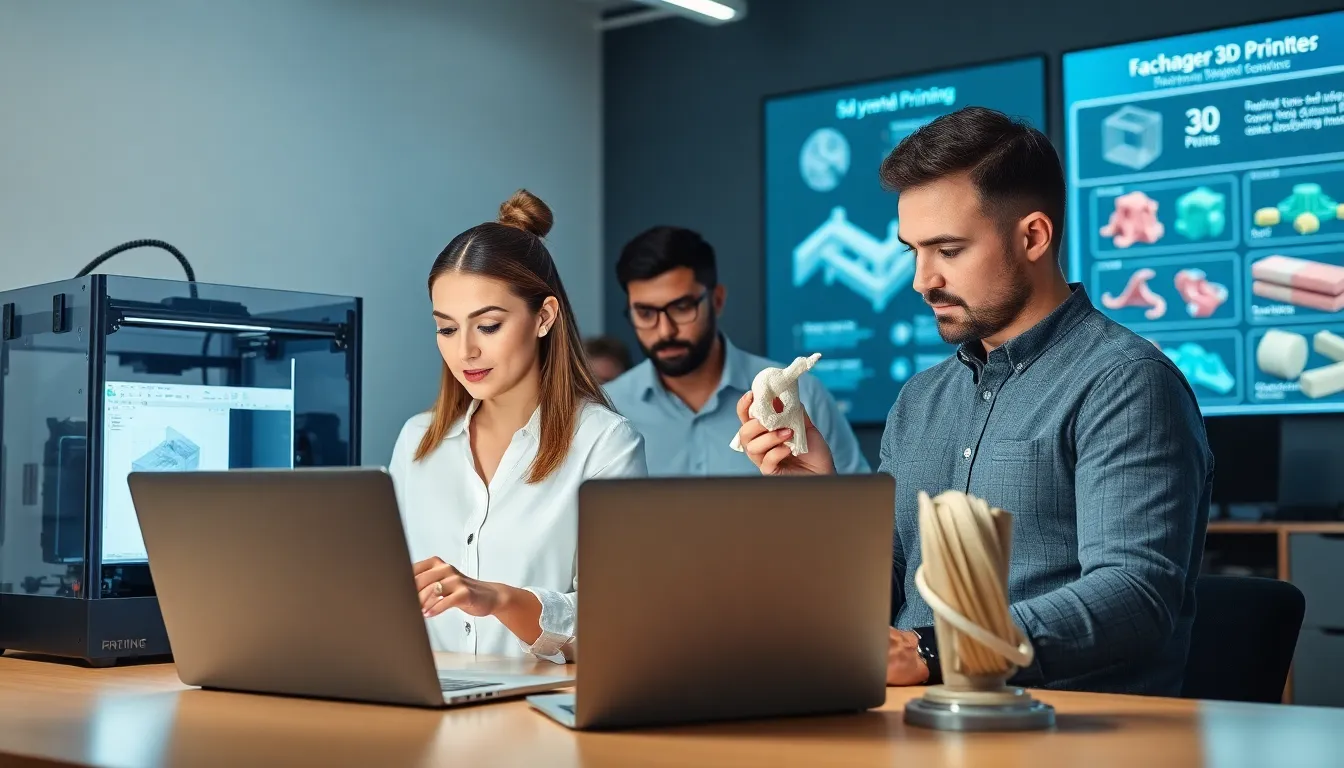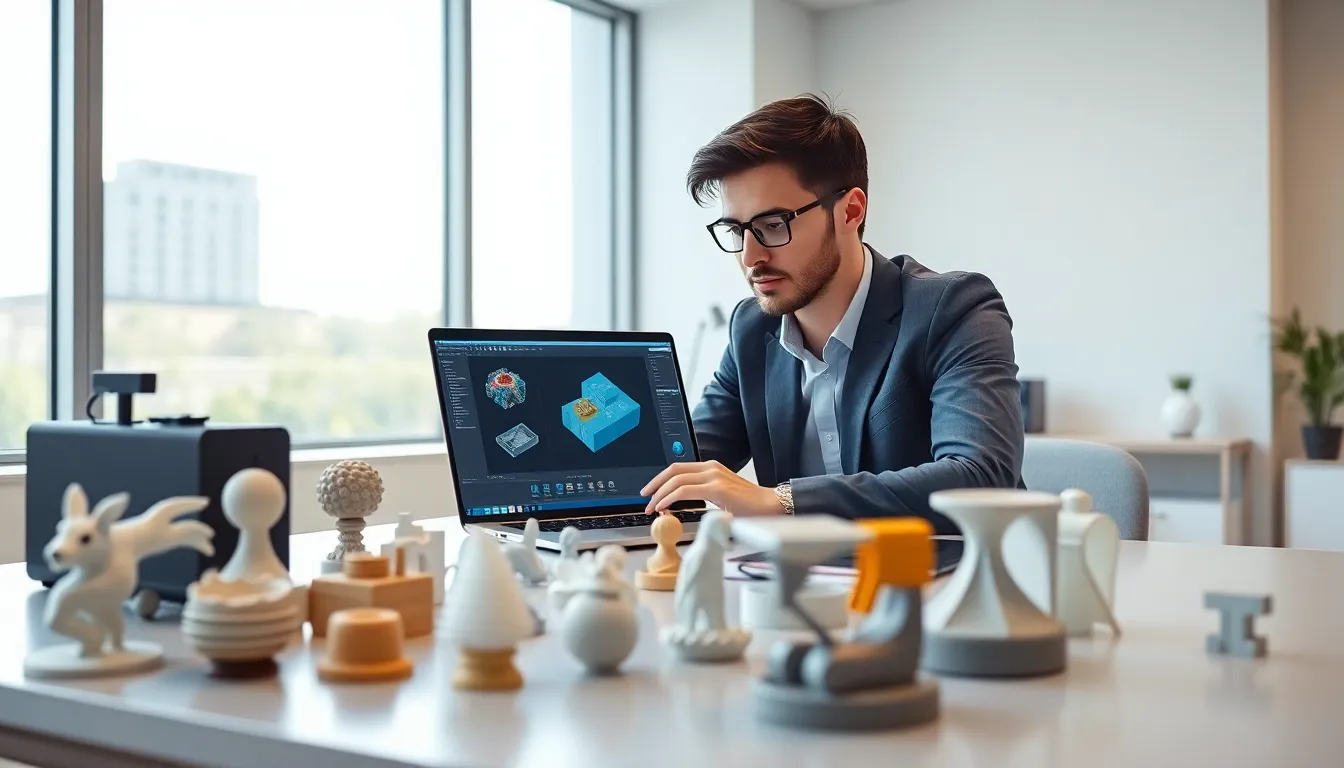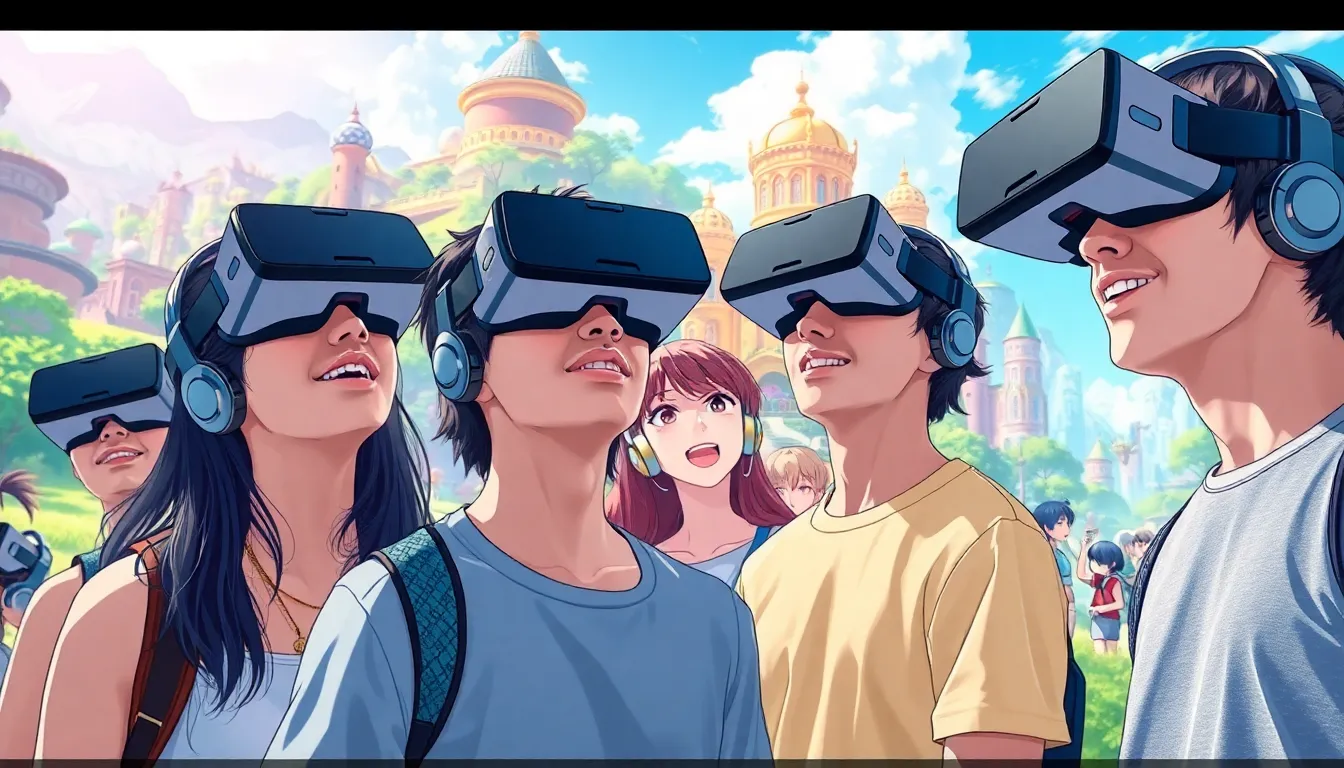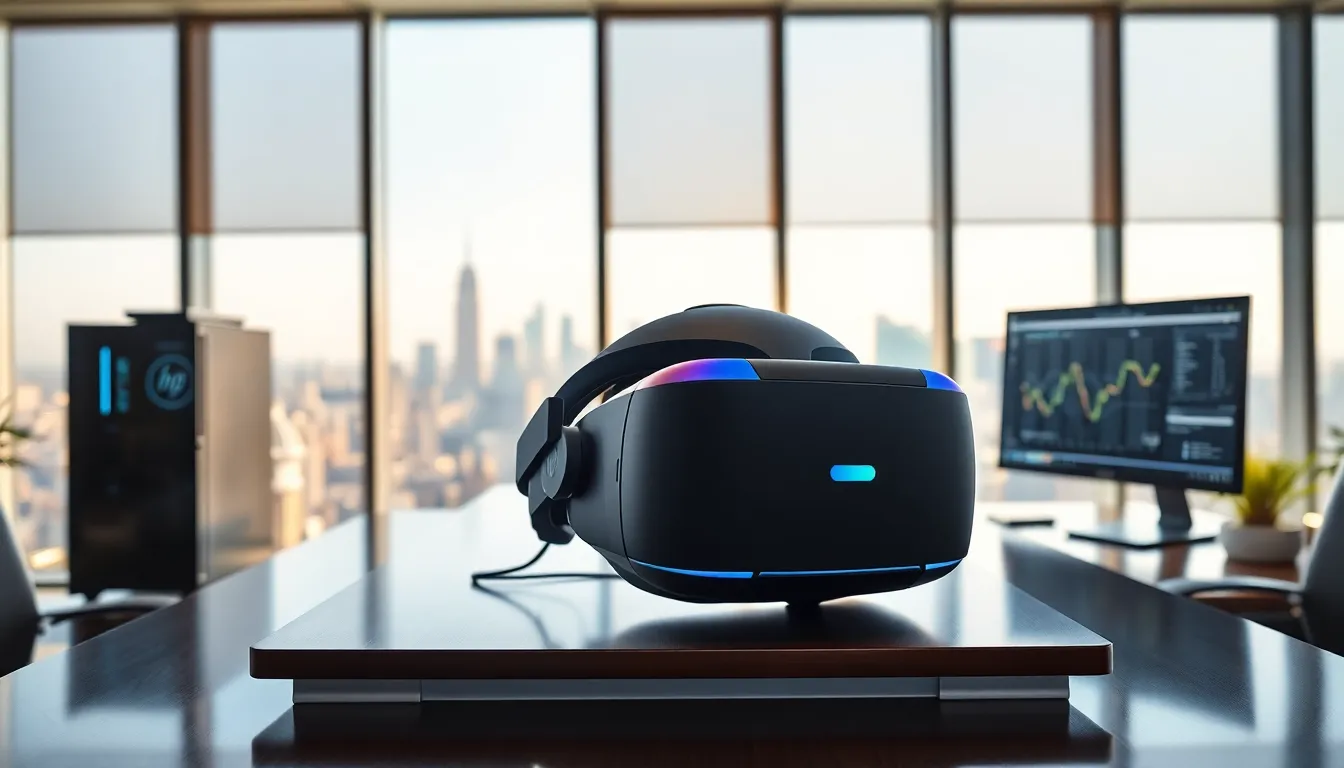Table of Contents
ToggleImagine diving into a world where your ideas aren’t just dreams, but tangible objects you can hold in your hands. Designing for 3D printing is like being a magician of sorts, turning pixels into products. Let’s face it, though, before you jump into creating that latest must-have gadget, you need to understand the ins and outs of 3D printing technologies and design principles. Spoiler alert: It’s not all magic. Some serious know-how is involved. But don’t worry, it’s going to be fun, professional, and perhaps a little less intimidating than you think.
Understanding 3D Printing Technologies

The world of 3D printing is filled with diverse technologies, each offering unique benefits and challenges. To create a successful design for 3D printing, one must first grasp the variety of methods available.
Common 3D Printing Methods
Fused Deposition Modeling (FDM) is one of the most recognized techniques. In this method, a plastic filament is melted and extruded layer by layer to form a 3D object. This method is widely used because of its accessibility and relatively low cost. Then there’s Stereolithography (SLA), which employs a laser to cure liquid resin into solid objects. While this method can produce intricate details, it often involves more specialized post-processing.
Selective Laser Sintering (SLS) uses a laser to fuse powdered material, typically nylon or other metals, into a solid structure. SLS is perfect for creating complex geometries but also comes with a higher price tag. Understanding these methods will help in making informed design choices that align with your project goals.
Material Considerations For 3D Printing
Material selection is vital in 3D printing. Each technology works best with specific materials. For example, FDM commonly uses PLA, ABS, and PETG, while SLA often utilizes photopolymer resins. Each material has its own characteristics, such as strength, flexibility, and finish quality. Consider the end use of the product before selecting a material, something sturdy might be necessary for functional components, while less durable but aesthetically pleasing materials could work for prototypes.
Key Design Principles For 3D Printing
Designing for 3D printing isn’t just about making something that looks good: it requires an understanding of how each part will be created layer by layer. Here are some key principles to keep in mind.
Optimizing Your Model For Printability
Before diving into design, ensure your model is optimized for printability. This means avoiding overly complex shapes or features that are difficult to print. Consider the angle of overhangs: ideally, keep angles at or below 45 degrees to avoid support structures. Simplifying designs can save time and materials.
Designing For Supported Features
It’s crucial to design for supported features as well. Think about how parts will connect, rotate, or snap into place. Interlocking pieces, for example, need to have enough clearance to ensure movement without compromising the overall integrity of the model. Designing with support in mind can alleviate potential headaches during the printing process.
Incorporating Tolerances and Clearances
Another critical aspect is incorporating tolerances and clearances. Materials behave differently, so accounting for shrinkage or expansion is key. For instance, a tight fit might work well in theory, but the realities of printing can lead to frustrating results if tolerances aren’t properly considered.
Choosing the Right Software Tools
Selecting the right software for 3D design is paramount. A poorly chosen tool can hinder creativity and impact the final product. Here are some popular options to consider.
Popular Design Software Options
Tinkercad is a user-friendly platform perfect for beginners. It offers a straightforward interface that allows users to drag and drop shapes, making it great for quick designs. For those looking for something more advanced, Autodesk Fusion 360 provides comprehensive CAD tools for detailed modeling. It enables users to create intricate designs and simulate real-world behaviors.
Features To Look For In Software
When choosing design software, seek out features that enhance productivity and ease of use. Look for intuitive interfaces that allow quick modifications and iterations. Also, cloud-based software can make collaboration easier, especially if working in teams. Compatibility with various file formats is essential since not all printers accept the same design files.
Testing and Iterating Your Designs
No design is perfected on the first try. Testing is an essential step in the 3D printing process. Prototyping can yield invaluable insights into functionality and aesthetics.
Prototyping and User Feedback
Create prototypes to gather feedback early and often. This will provide a clearer vision of how your design holds up in the real world. User responses can highlight potential issues and areas for improvement.
Adjusting Designs Based On Print Tests
After thorough testing, use print tests to make adjustments. Observe how materials behave during printing and tweak designs accordingly. This iterative process is where creativity meets engineering, leading to robust products that meet user needs.







